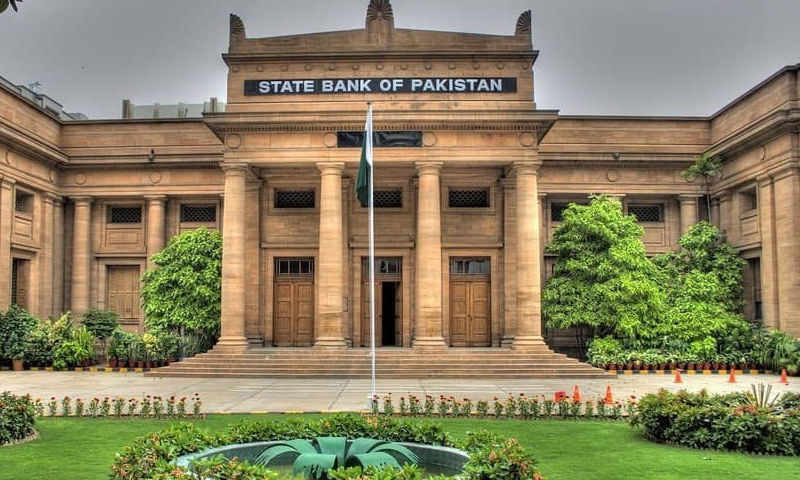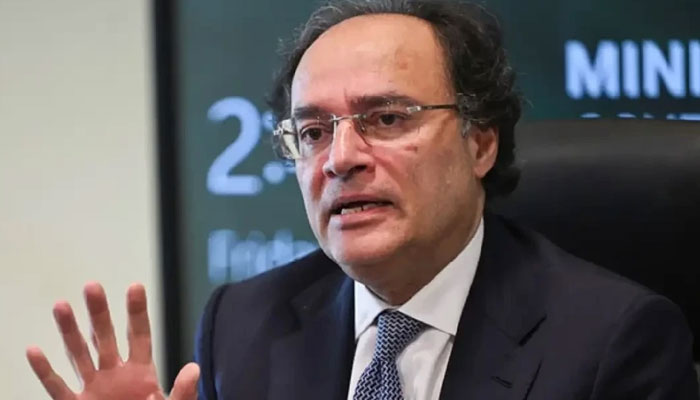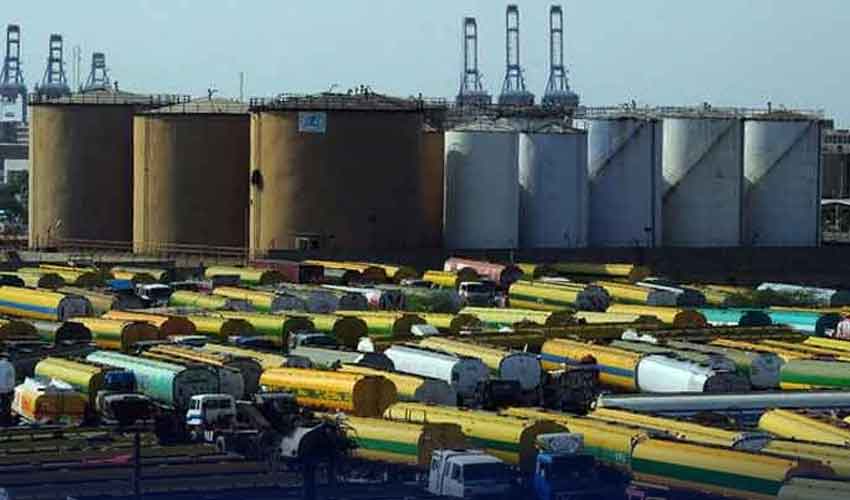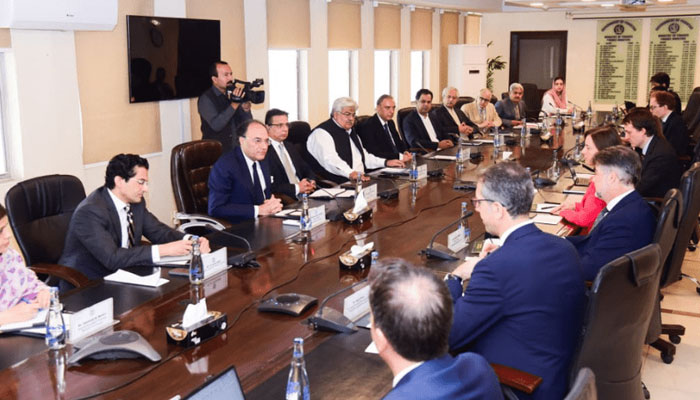TRADE & ECONOMY
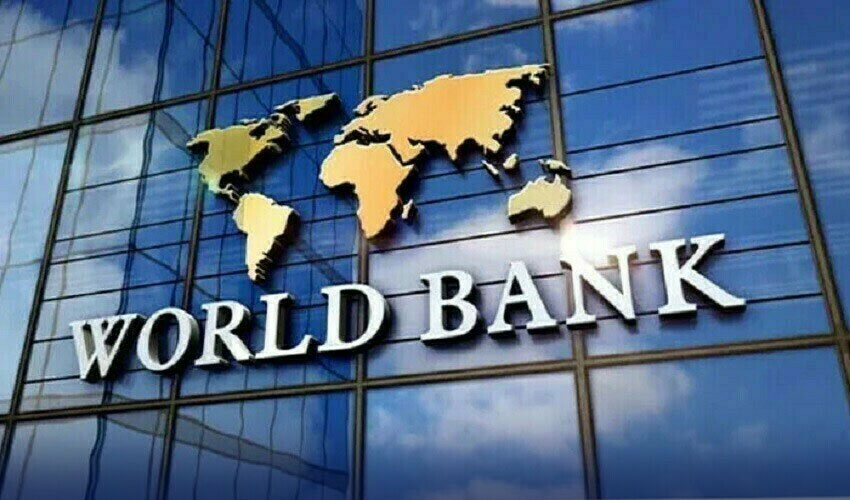
The World Bank has released its latest Pakistan Development Update, praising recent economic improvements but emphasizing the need for deep structural reforms to sustain long-term growth.
The report projects a 2.7% GDP growth for the current fiscal year, with growth expected to rise to 3.1% in 2026 and 3.4% in 2027, signaling a slow but steady recovery.
Positive Signs Identified:
- Decline in inflation
- Lower interest rates
- Revived business confidence
- Primary and current account surpluses
These factors, the report noted, have led to short-term economic stability. However, growth in both the industrial and services sectors has remained sluggish due to stringent fiscal policies, high taxation, and restricted spending.
Key Challenges Ahead:
The World Bank flagged critical issues threatening Pakistan’s long-term prospects:
- Sluggish employment generation
- Rapid population growth
- Persistent poverty
- High public debt
- Vulnerability to climate change
- Global trade uncertainty
Reform Recommendations:
To convert stabilization into sustained growth, the report outlines a set of urgent policy reforms:
- Implementation of a progressive and efficient tax system
- Adoption of a market-based exchange rate
- Reduction of import tariffs
- Improvement in business regulations
- Public sector reform
Additionally, the World Bank emphasized digital economy development as a key growth driver, urging greater private investment, upgraded digital infrastructure, and efforts to reduce the high cost and uneven quality of broadband access across provinces.
Looking Forward:
The World Bank cautioned that continued growth will be contingent on the government maintaining tight monetary and fiscal discipline. It stressed the importance of creating jobs and reducing poverty while simultaneously addressing climate and debt vulnerabilities.
